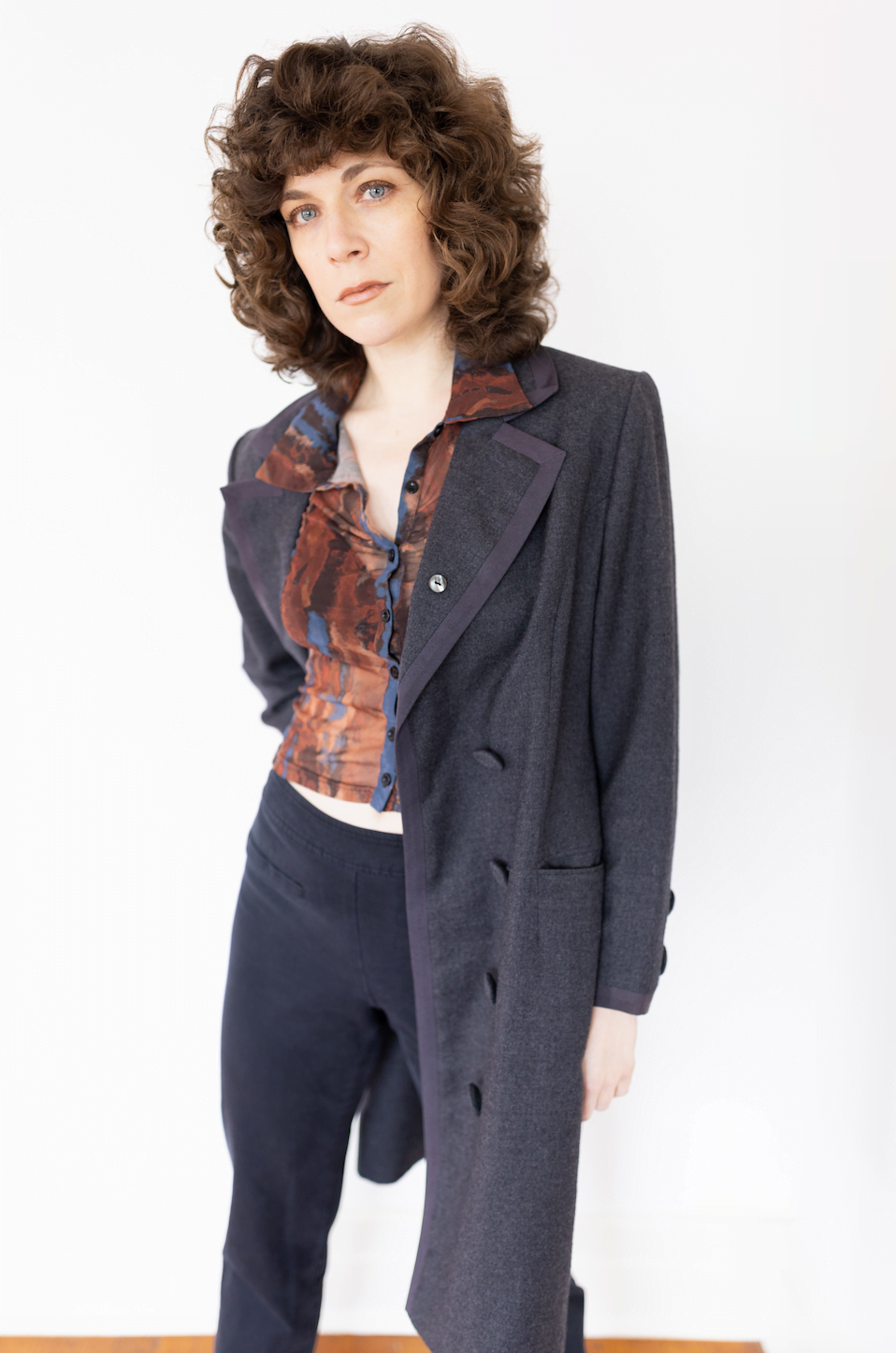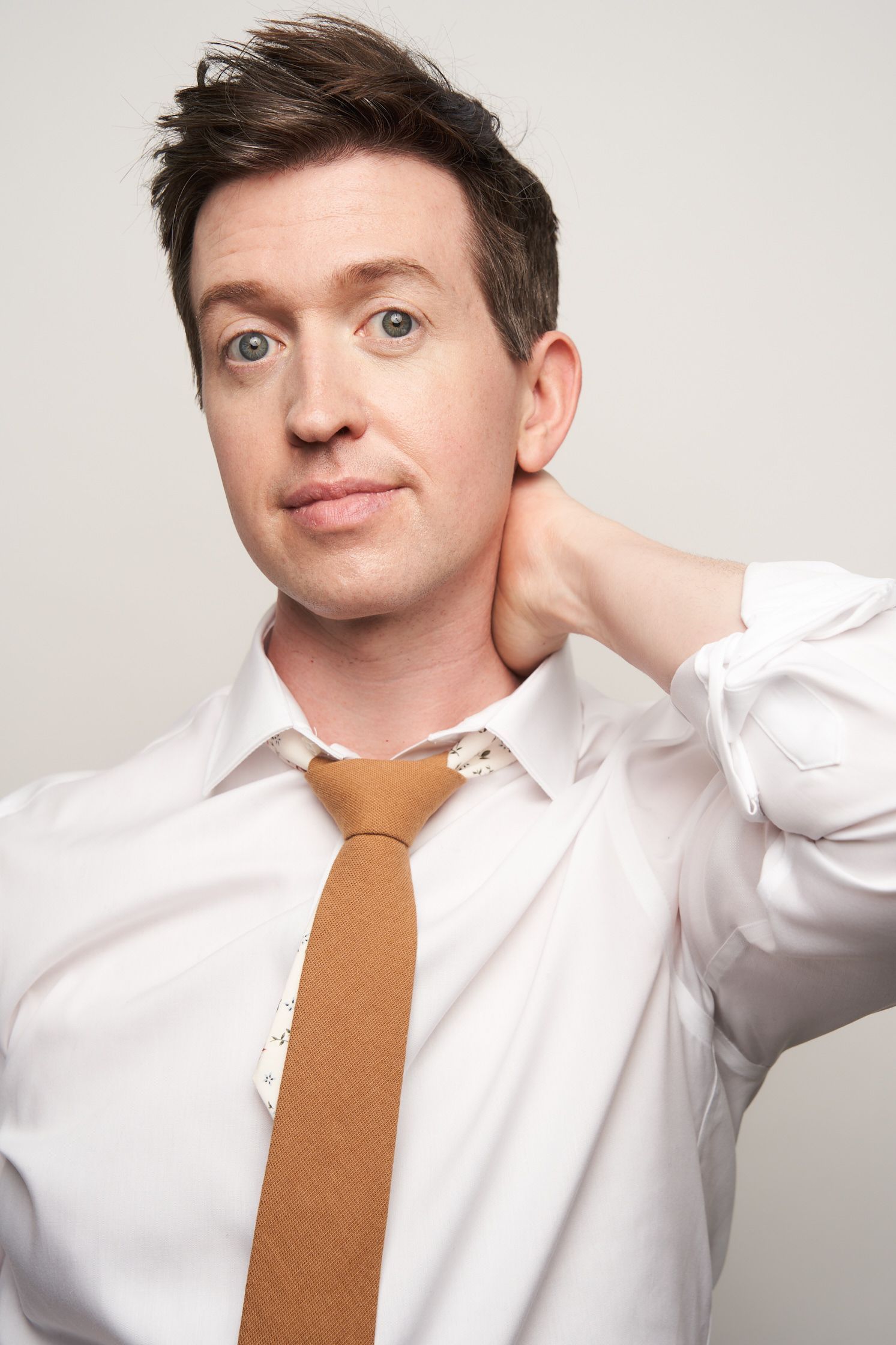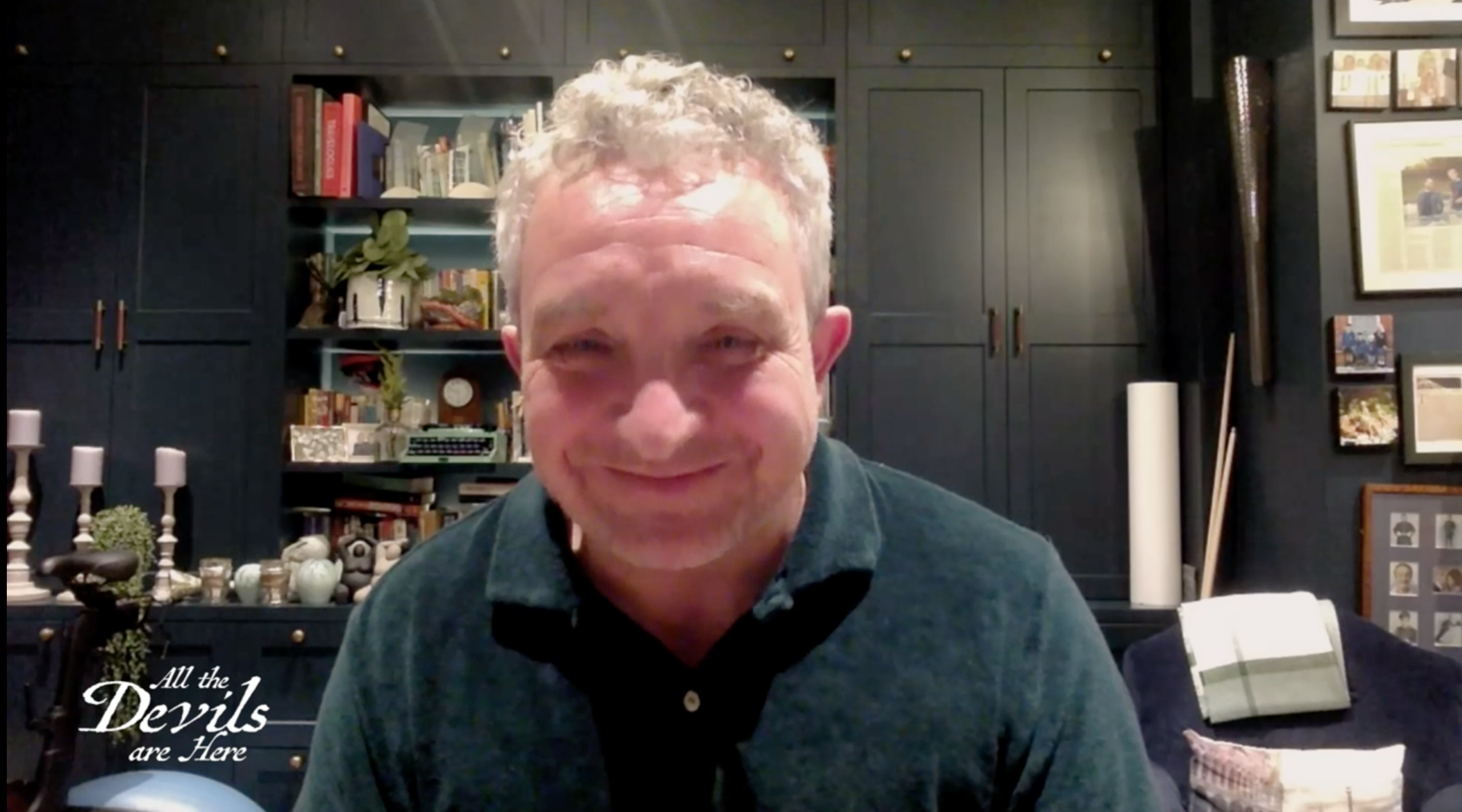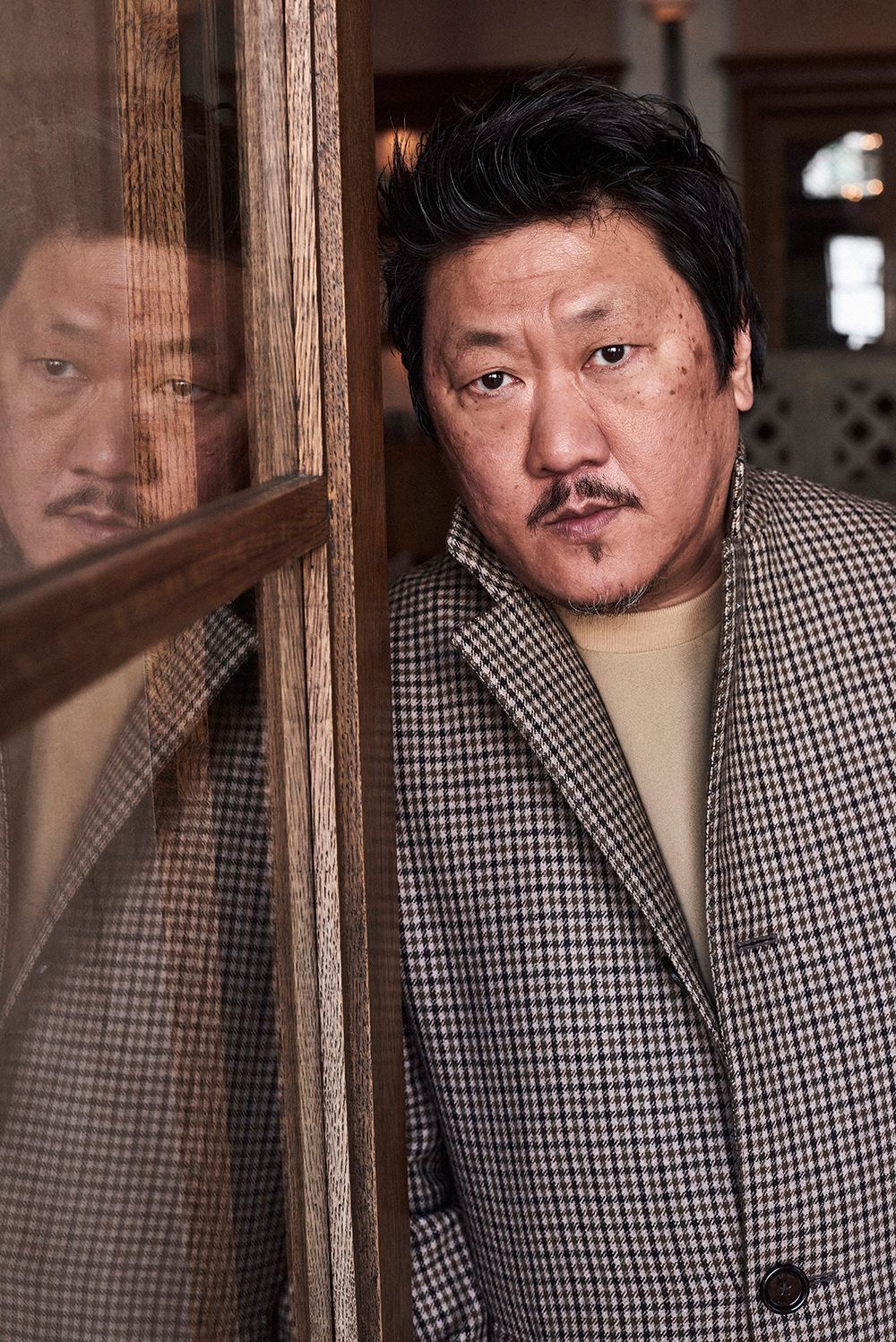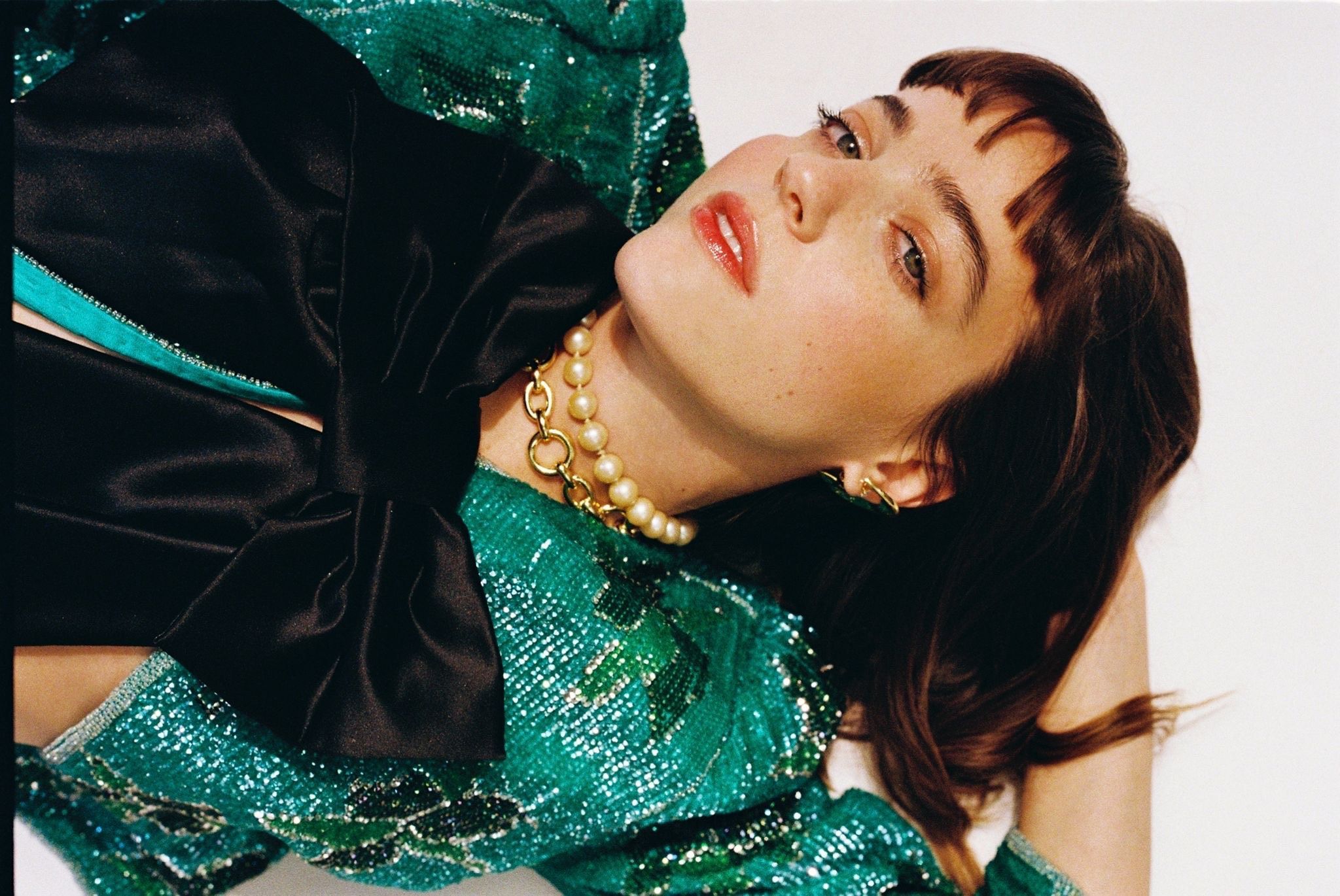Actor and writer Jen Tullock shakes up the new season of Perry Mason, bringing queer love to the forefront.
Raised mostly in Kentucky, she graduated with a BFA in Acting from Millikin University. She moved to Brooklyn in the late 2000’s, where she worked as a theatre actress and writer. Performing improv and one-woman shows, Jen practised the skills to which she would later return. She then went on to create Disengaged, the series which she co-created, co-wrote, and starred in alongside Hannah Pearl Utt. Her short with Utt, Partners, premiered at the 2016 Sundance Film Festival. Her regular role as Devon on the award-winning TV show Severance recently garnered her a Screen Actors Guild Award nomination for ‘Outstanding Performance by an Ensemble in a Drama Series’. Highlighting her chameleon-like ability, Jen has recently turned her talents to season two of Perry Mason. An enthralling drama series set in 1930s Los Angeles which follows the adventures of private investigator turned lawyer, Perry Mason. Tullock lights up the screen as Anita St. Pierre, the bewitching screenwriter who stands out proud in a decidedly man’s world.
In conversation with 1883 Magazine, Jen Tullock discusses her upcoming one-woman play, 1930s lingo and bringing first-hand experiences to the screen.
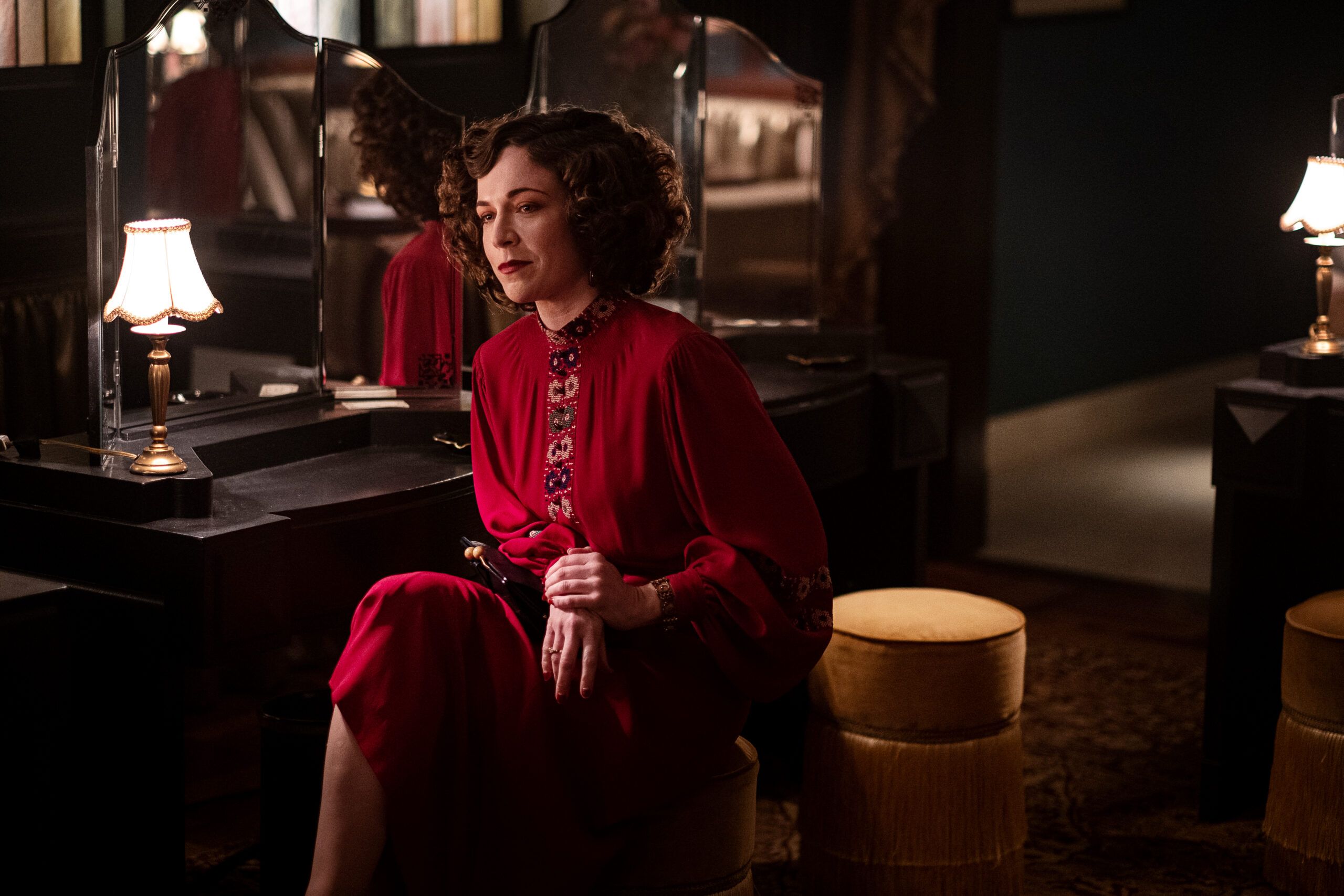
The second season of Perry Mason is currently airing – how are you feeling?!
So happy it’s out! It’s always a bit of a nail-biter to wrap something you love this much and then have to sit on it until it premieres, so the relief is palpable. I’m really proud of what we did this season.
How did you step away from the headspace of playing Devon in Severance, and prepare for the role of Anita?
You know, while they may move through the world in ways quite different from one another, I don’t actually find their interior experiences to be that disparate. They both tend to deflect with humour when pressed or frightened, and they both know too well the pressures of juggling the male egos around them. Beyond that, I did have to work on my actual physical posture because eight months of a ten-pound pregnancy belly can really turn you into a huddled-over Rumpelstiltskin. And I did have to tune my ear away from Devon’s very millennial use of the F bomb in favour of more 1930’s appropriate lingo, but both involved an unholy amount of cursing so I can’t complain, haha.
The show is set during the 1930’s, so the queer relationship your character becomes involved in is met with an undertone of fear and the forbidden. How did you approach depicting those emotions?
Well, I’ve never been gay in the 30’s but I have been gay in the conservative, evangelical south and my early years of being out were certainly less than rosy. That was helpful to pull from as far as shame and othering are concerned, but Juliet and I spoke quite a bit about what the physical behaviours of queer signalling and coding would look like at that time. The conversation in the powder room in the first episode, for example, is brokered by a glance across a room. Every touch or look in a public space is a risk, so what does the physical language between them look like? Juliet had a great idea mid-season to pick a specific look that’s Della and Anita’s “I love you,” which I thought was brilliant. We thought about when in their relationship it might begin, so it shows up around episode six.
Did you bring any experiences from your own life into this character?
Many! I grew up on films that are situated in this era so the language and aesthetic and humour of that decade were an indelible part of my childhood. To be able to pull from the shine and bravado of people like Mae West and Claudette Colbert was a complete joy. The queer piece was of course deeply personal to me. I felt a colossal responsibility to the queer women who came before me – on whose shoulders I’m lucky to stand – to honour the courage of their lived experiences. Beyond that, Anita and I share a tendency towards abject procrastination when on a writing deadline, so that was easy.
The aesthetics and costumes on the show are a great homage to that period – did you enjoy transforming into Anita? Does her look have any influences of your own personal style?
Our wonderful costume designer Catherine Adair was amazing at imbuing each piece with the spirit of the character. We decided early on that Anita’s chosen style of Bohemian embroidery and patterning would have signalled, at the time, a certain cool kid subculture. As one of the only women in the studio system, we wanted her to present as both glamorous but tough; as part of the zeitgeist but still uniquely herself. I can’t tell you how special it was to slink around in those gowns having grown up watching all of my 30’s film crushes do the same.
You’re currently in the middle of writing a one-woman play, based around those experiences as a queer woman – when did you decide to begin this project?
This piece has been in gestation for the past year and I’m so excited to share it with the world. I can’t say much more than that but it’s something I’m really proud of.
How are you finding the writing process? Is there anything you’re doing to keep you inspired/avoid writers block?
I was lucky enough to collaborate with my friend and frequent co-writer Frank Winters on this one so it helps when there are four hands on the wheel. When working on my own, I try to set office hours for myself in which I have to write something; bad, disjointed, it doesn’t matter, I just have to put something on the page from which to move ahead.
This isn’t your first time writing and starring in the same work – how do you find acting in things you’ve written yourself?
It’s a different beast each time. I’ve found some stories to be best served when I’m doing both and some to get muddied because I can’t unhear my own voice when writing them. With this particular piece they’ve luckily felt in tandem.
Can you give us any secrets on what we can expect from your play?
I will say that it’s inspired by things I’ve lived and that it’s not a one person show in the traditional sense, but rather a play with media and story elements that work with/around one actor. At least that’s the hope, touch wood. Oh lord, now I’m panicked. Is it hot in here? Oh lord, oh geez.
You can watch season two of Perry Mason now. Follow Jen Tullock @surefineokay. Make sure to check out Tullock’s latest website project by clicking here.
Interview by Lucy Crook

